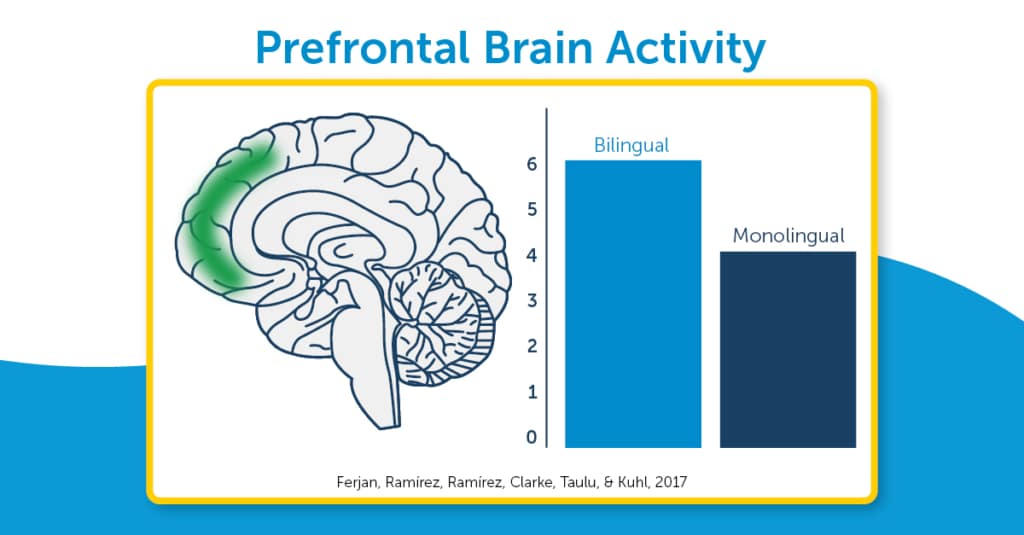
Virtual Event
Introducing the Modern Military Family: Tips for Partnering with Service Members and Their Loved Ones
Discover the unique dynamics of today’s military families and gain practical strategies to support them effectively.
Details







